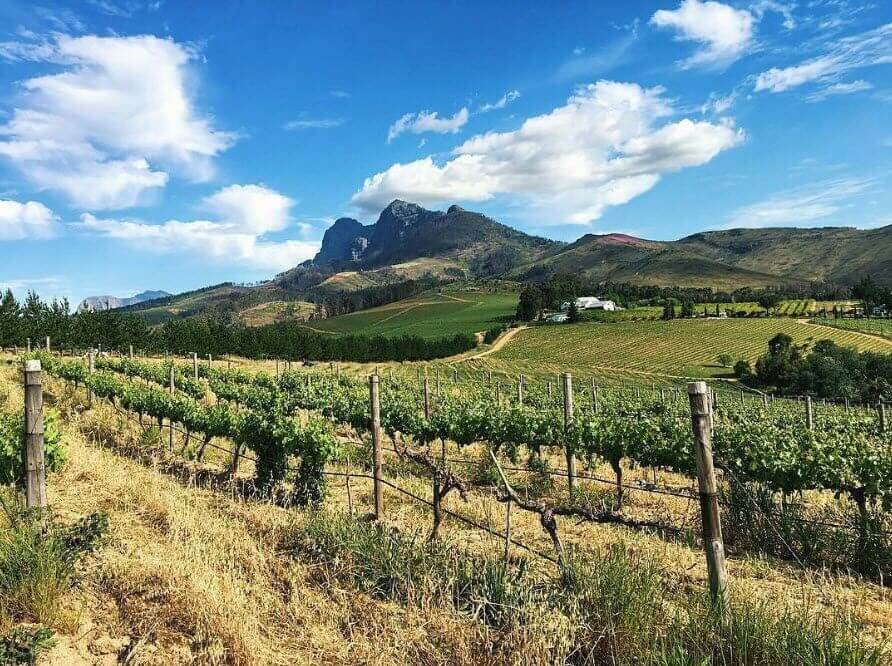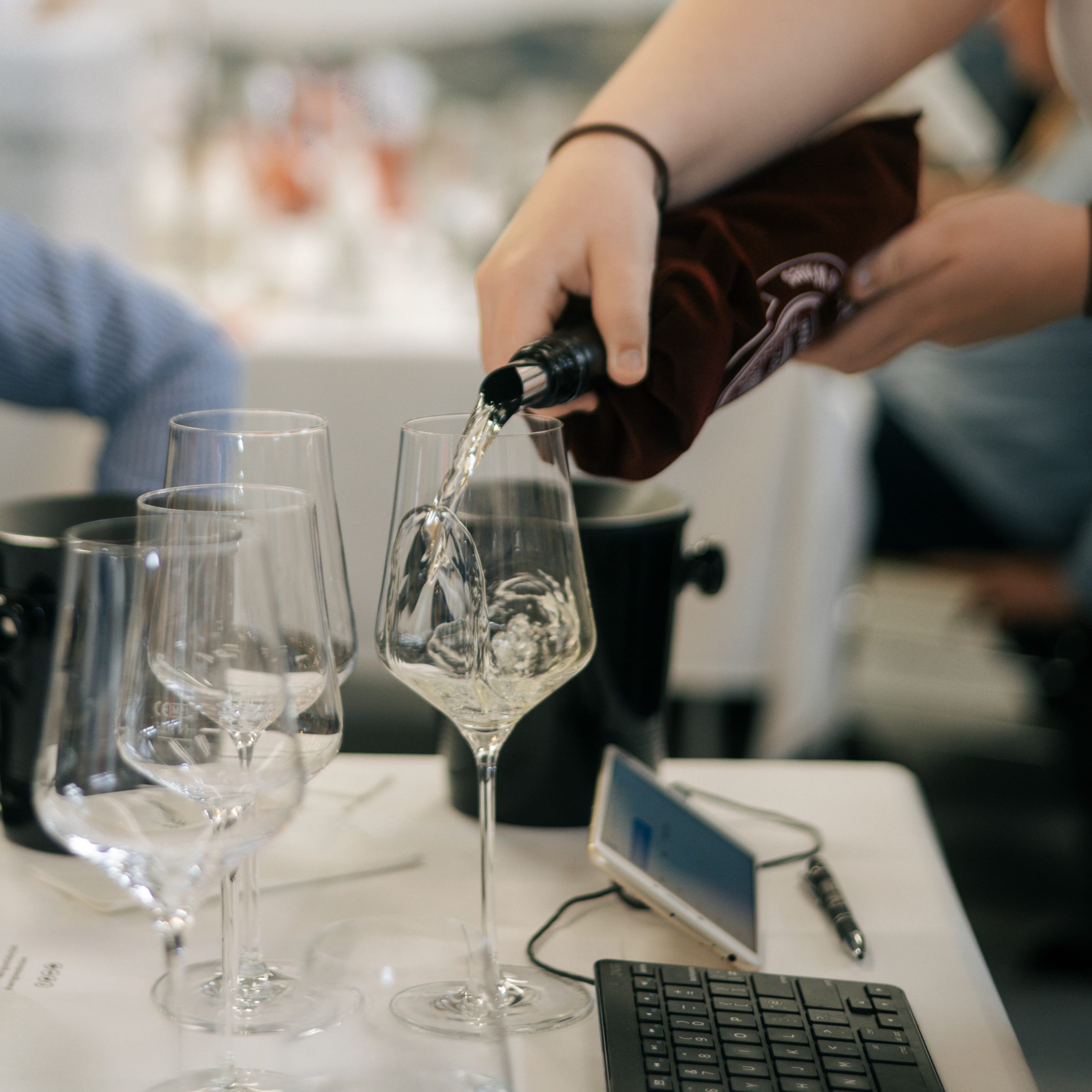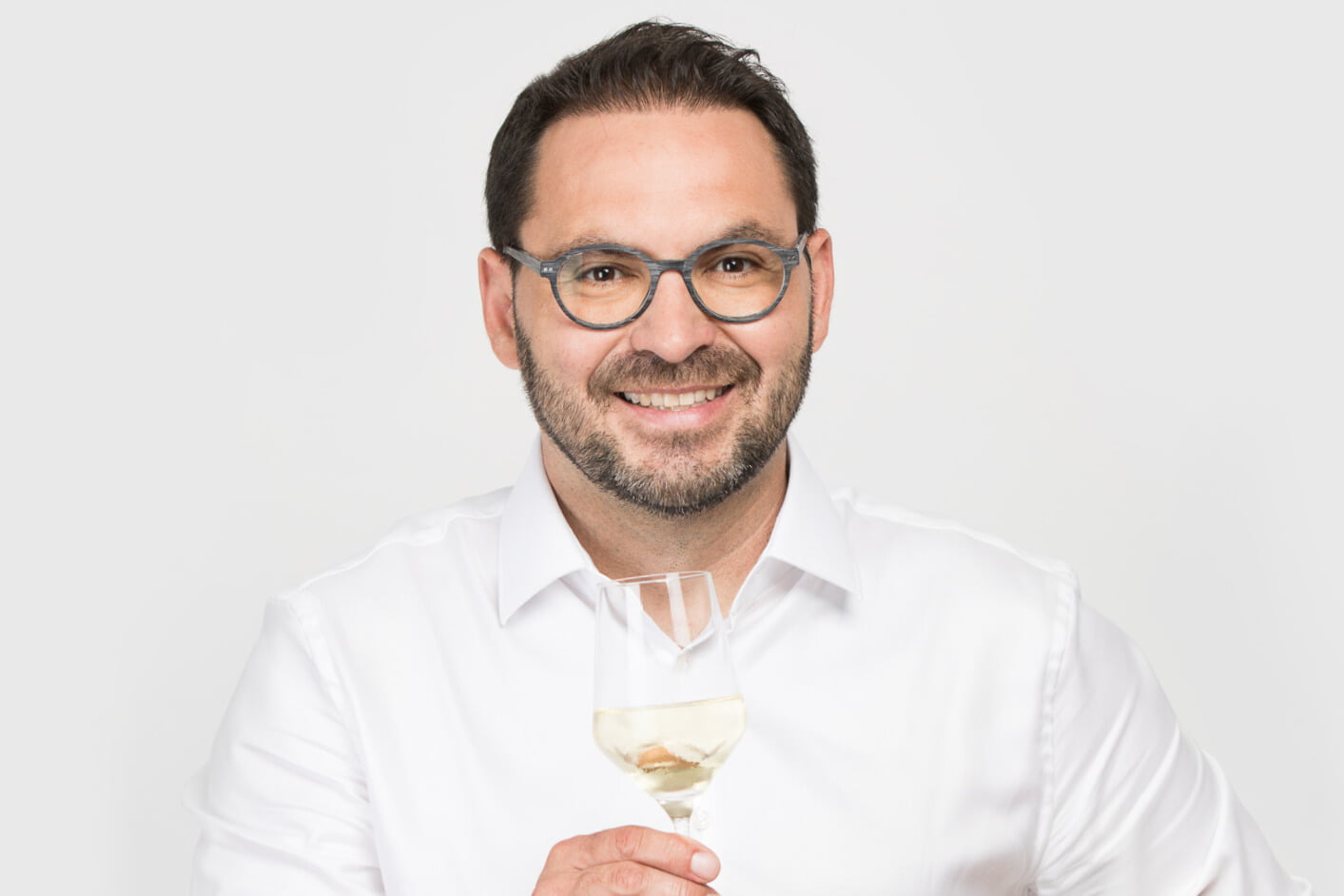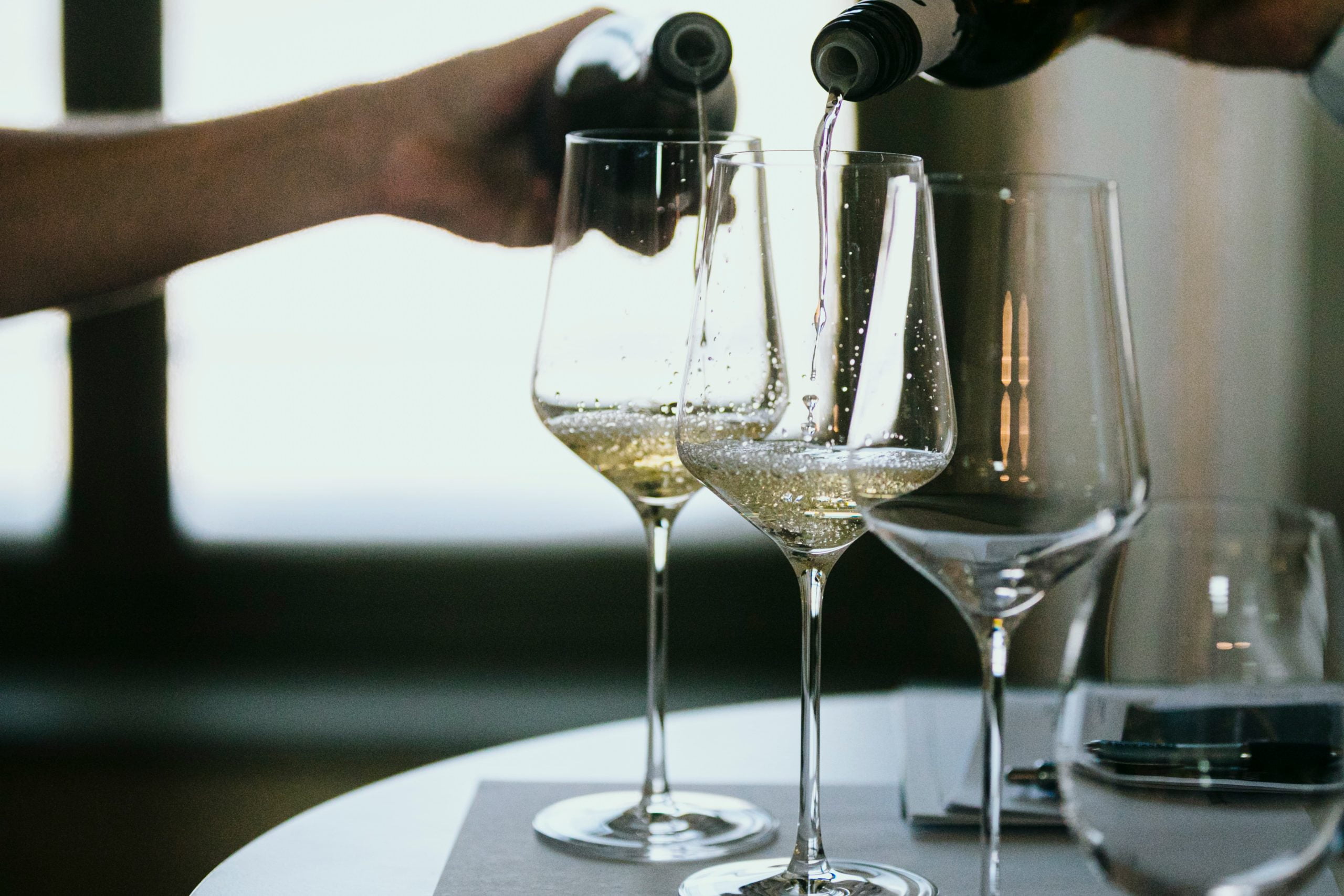Beyond “crisp and clean” – the emergence of wooded Sauvignon Blanc in South Africa

Sauvignon Blanc has become the go-to grape for myriad consumers worldwide. Christian Eedes, editor of Winemag.co.za, looks at how South African wine producers are revisiting the varietal to add complexity and interest.
Though Sauvignon Blanc occurred in South Africa as far back as the late 19th century, it was only from the late 1970s/early 1980s that it received any great attention. Whereas low-price table wine made by large producer-wholesalers had long been the hallmark of the wine industry, there was now a movement to focus on the individual property with a view to producing higher-quality, site-specific wine and plantings of the variety would undergo a dramatic quantitative climb: by 1990, there were 3,300ha planted and by 2016, this had reached just shy of 9,250ha – 9.6 percent of the national vineyard.
A fascinating new development within the category is the emergence, or perhaps more correctly re-emergence, of wooded Sauvignon Blanc – “Blanc Fumé” was a brief phenomenon in the late 1990s and early 2000s but these were largely misconceived, the wines tending to showing the overt green character which marks so many examples of the variety with dollops of barrel-derived vanilla and spice on top.
Bordeaux white blends difficult to sell
These rightfully dropped out of the market but in recent times we have started to see much more proficient use of oak – less new barrels, larger format and lighter toasting – in the winemaking process, the end-result being wines which might usefully be compared to Graves, Bordeaux on account of their detail and balance.
Of course, Graves typically includes some Semillon and South Africa has replicated the “Bordeaux white blend” with huge success – wines like Cape Point Vineyards Isliedh and Tokara Director’s Reserve White have attracted international acclaim – but these are notoriously difficult to sell. The outgoing Tokara winemaker Miles Mossop once said to me that some consumers find that they taste too much like straight Sauvignon and then can’t understand why they must pay a premium while others find that don’t taste like straight Sauvignon enough!
What “wooded Sauvignon Blanc” allows producers to do is to gain the extra complexity that barrel fermentation and maturation facilitates but avoid any tricky marketing issues.
In winemaking terms, conventional wisdom holds that Sauvignon Blanc should be handled very reductively with fermentation occurring in tank. Barrel fermentation, however, is inherently more oxidative and leads to wines which are more resilient and age-worthy. In addition, it adds mouthfeel to what is usually a fairly high acid wine – there is an increase in glycerol production at fermentation temperatures of 18 to 24⁰C when compared to tank fermentation which occurs at 12 to 16⁰C.
Why oak is gaining traction
As to why the style is finding favour with consumers right now, Wilhelm Pienaar, winemaker of Hermanuspietersfontein near Hermanus which produces various versions of wooded Sauvignon Blanc, suggests the use of oak on Sauvignon might well be thought of as a means of “taking the edge off” a variety which sometimes gets criticized for being too lean and tart. He makes the further point that wooded Sauvignon functions like a “stepping stone” between unwooded Sauvignon (which is fresh and fruity but ultimately a little simple even at its best) and more complex Chardonnay and Chenin Blanc.
Adam Mason of Mulderbosch speculates that the rise of wooded Sauvignon might be a sign of waning consumer interest in unwooded examples of the variety and a desire for a broader flavour profile and more substance in their wine (his 1000 Miles Sauvignon Blanc 2015 matured in neutral 500-litre barrels for 15 months). “Please let this be true,” he says with some exasperation at having to churn out unwooded Sauvignon.
Tom Prior, marketing manager of Marianne in Stellenbosch, feels that while unwooded Sauvignon Blanc made to appear extremely “green” in aroma and flavour can be very striking and has attracted a large popular following, the “wine enlightened” often view this with distaste and are looking for something different. The Marianne 2016, for instance, includes 8% Semillon, it was fermented and matured for nine months in French oak, 50% new; regulations in South Africa allow the addition of up to 15% Semillon without having to declare it so many producers make use of this provision.
Pierre Rabie, an advocate by profession but who makes a fine example of wooded Sauvignon under the garagiste Giant Periwinkle label, also makes the point that while tank-fermented Sauvignon Blanc often suffers from being perceived as commodity wine, wooded Sauvignon is seen as less commercial. “Wine geeks are allowed to like wooded Sauvignon!”
What therefore appears to be happening with wooded Sauvignon Blanc is a virtuous circle – wines with more detail and dimension than unwooded Sauvignon and easier to sell compared to Sauv-Sem blends. “It presents an opportunity for the producer to sell Sauvignon at a premium,” says Rabie. “This in turn leads to grapes from the best vineyards being used and ultimately better wine which again feeds public interest.”


